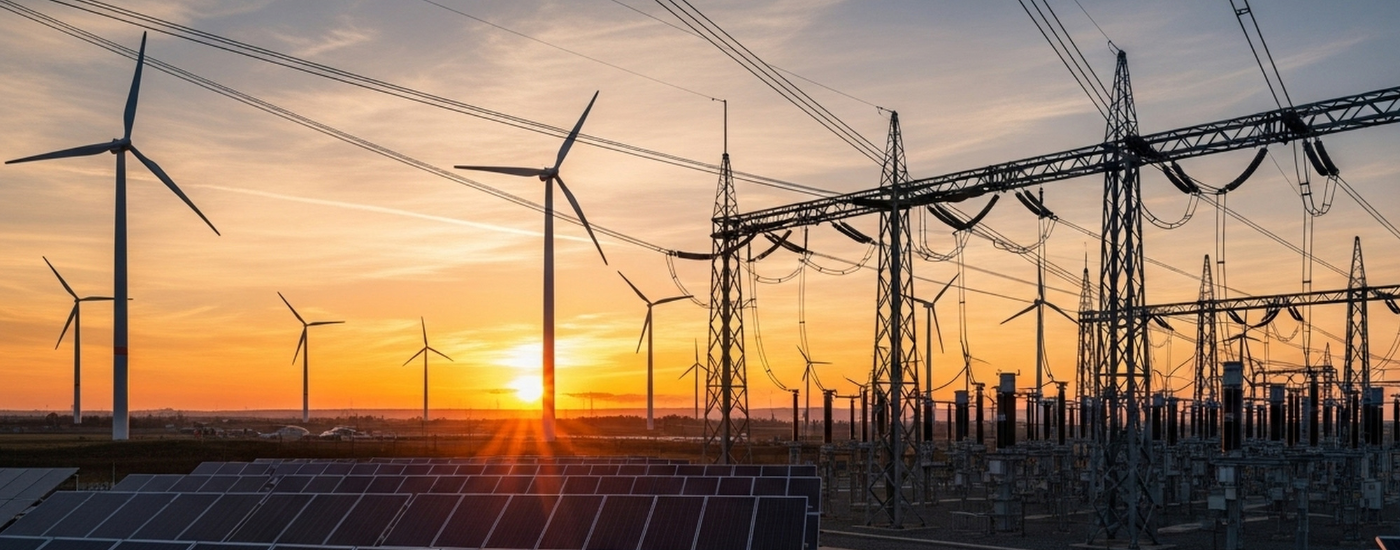The latest edition of our monthly Australian Energy & Environmental Market Update is now available. Keep reading for energy and environmental price movements, policy updates and other news.

This month’s update unpacks the volatile pricing events in the energy market during June, along with key trends in the environmental markets. We cover solar performance and provide insights from the newly released exposure drafts on Renewable Electricity Guarantee of Origin scheme (REGOs). This edition also explores the launch of the new peak futures contract on the ASX and updates on the Frequency Performance Payments (FPP) reform.



Log in to the CORE Markets platform for more data, insights and commentary. Don’t have an account? Learn more
NEM-wide Variable Renewable Energy (VRE) penetration decreased by 2.44 percentile points from last month, primarily driven by reductions in rooftop and utility solar across all regions. VRE output declined in most regions, except VIC, where the 4.26 percentage point increase in wind generation led VRE output to increase by 0.59 percentile points compared to last month.
Each month we feature a different asset type - rotating between coverage of solar, wind and BESS projects.
This month's focus is solar asset performance.


Looking for more in-depth renewables asset analysis?
Learn more about our Renewable Energy Offtake Market Report, an important and recurring pulse check for renewable energy buyers and seller.


Log in to the CORE Markets platform for more data, insights and commentary. Don’t have an account? Learn more

Looking for ACCU coverage? Read our ACCU Market Monthly Report here.
This month the energy market saw reduced renewable energy penetration, increased demand, and higher average spot and futures prices across the NEM.
The extreme pricing events on the 11th, 12th, and 26th underscore the importance of strong market knowledge and effective hedging strategies to manage the impact of seasonal variations.
The CORE Markets team partners with renewable energy developers and corporate buyers to manage market risks. Get in touch to explore how we can support your energy market approach.
LGC market activity declined in June with spot and forwards falling sharply mid-month amid regulatory concerns, while ESC and VEEC markets showed price movements based upon policy and compliance dynamics, staying ahead of these regulatory changes can help guide procurement strategies to take advantage and keep costs low.
The CORE Markets team supports demand and supply side market participants in navigating these markets – across strategy, procurement and trading execution. Get in touch to learn how we can support your goals.
The events outlined in this month's update highlight the evolving nature of energy and environemental markets and the complexity of the net zero transition.
To discuss your unique requirements, get in touch with our team today to see how we can help.
Australian Energy & Environmental Market Update - June 2025

As the NEM Review lands, attention rightly turns to system-level settings. But much of the commercial change shaping renewable and firming supply is already unfolding inside over-the-counter (OTC) energy markets. This article sets out what’s already shifting commercially in a market under review.

As the NEM Review lands, attention rightly turns to system-level settings. But much of the commercial change shaping renewable and firming supply is already unfolding inside over-the-counter (OTC) energy markets. This article sets out what’s already shifting commercially in a market under review.